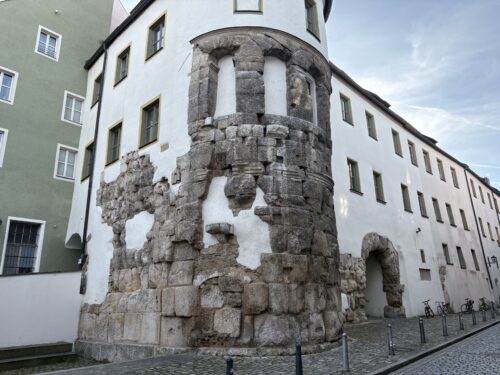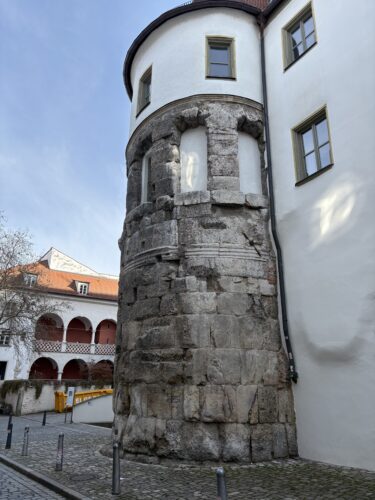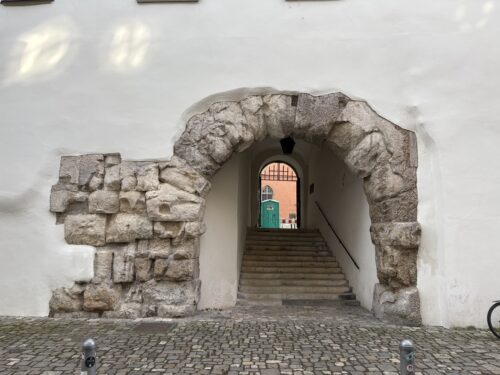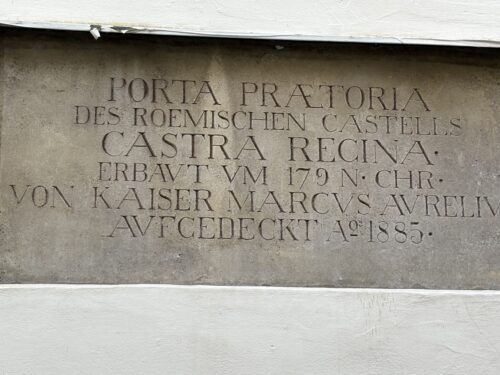In the space designed by LaGuardia Design Group, various finishes of Renaissance Grey limestone are used.
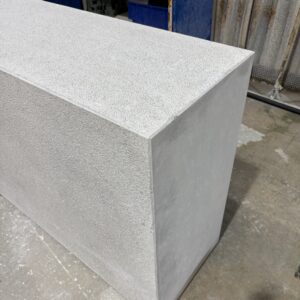
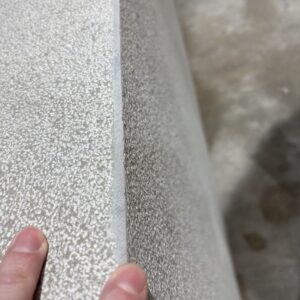
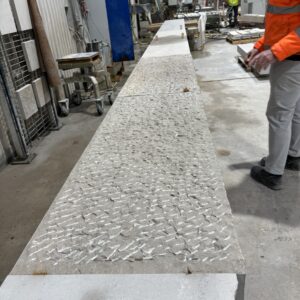
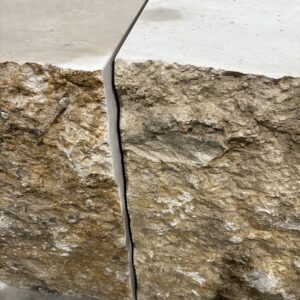
Renaissance (AKA Jura limestone) was formed from sedimentation in an area of tropical lagoons some 140 to 220 million years ago. The result of this process is one of the defining features of the stone as we find a wide variety of fossilized creatures including ammonites and belemnites among other fossils making each piece of stone unique and inimitable. Today the Jura region represents one of the largest known natural stone reserves in the world and is abundantly available for future generations.
The stone has a longstanding track record as it has been quarried and used for buildings dating back to the Roman Empire, remnants of walls and towers can still be found in the Jura region today. Further proving its longevity as a building material, here is one historical projects that have used Renaissance/Jura limestone:
Dome and Wilibaldsburg in Eichstätt
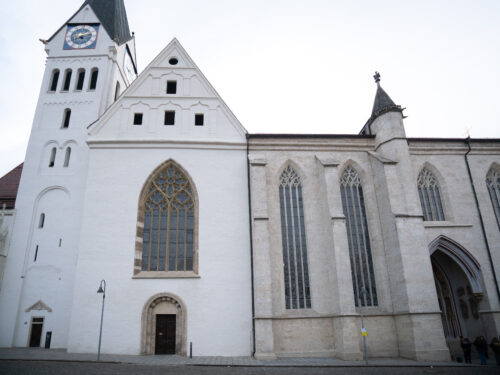
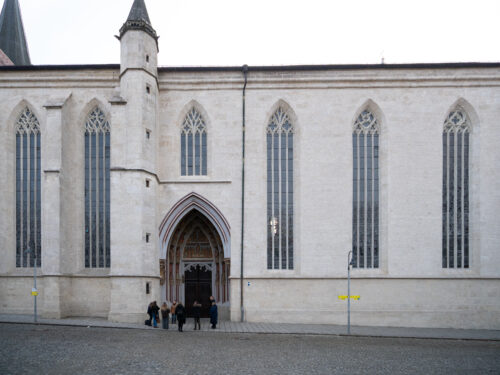
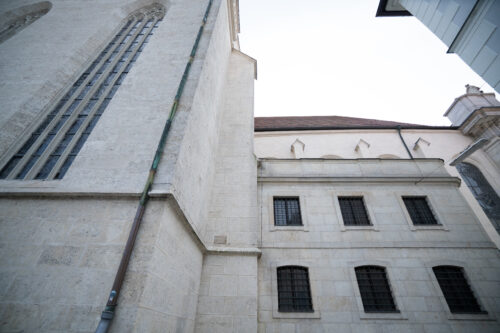
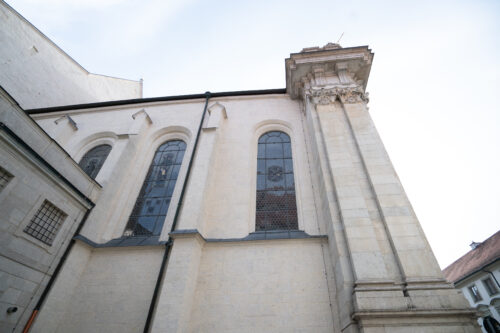
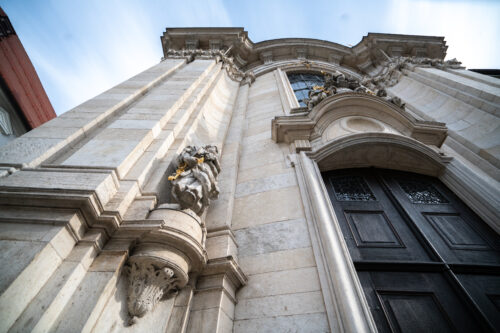
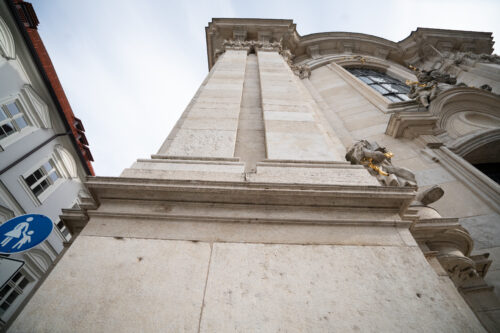
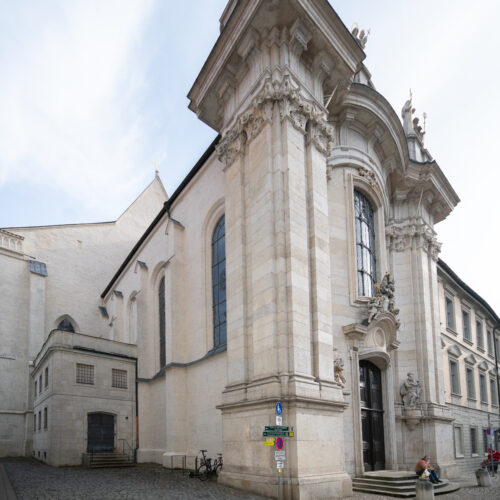
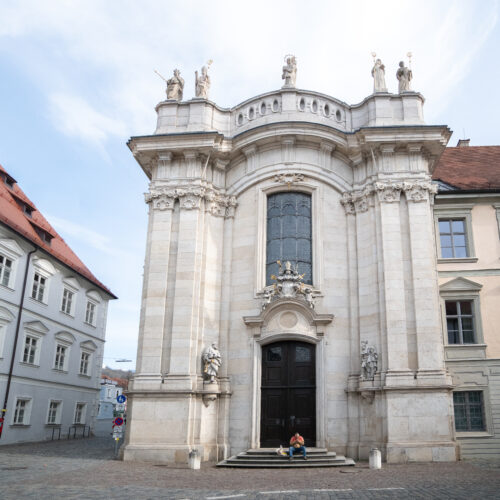
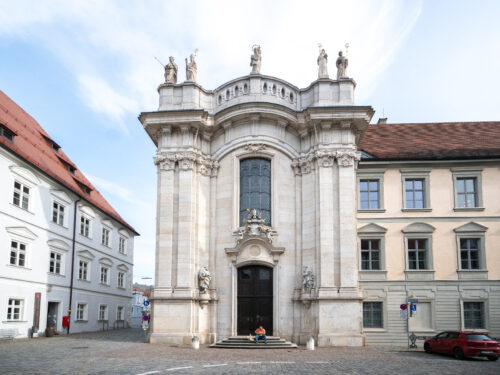
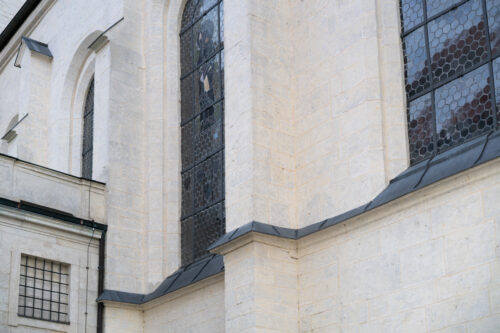
The Dome began construction in 1042, the portion that was photographed with Jura (Renaissance) was actually done in 1714-1718. I will leave it up to you how you want to present that.
The Willibaldsburg dates back to 1355, they opened a quarry at the foot of the hill to take stone to build it.
The use of the stone dates back to Roman times and even before that. The Roman Limes (wall) runs through the region and is as far as the Romans got to the East in this area. Those walls were built out of the stone and remnants are still visible today.
- Geological Formation: Jura limestone formed during the Jurassic period, which spanned from about 201 to 145 million years ago. During this time, much of the area that is now Europe was covered by shallow seas, providing the perfect conditions for the accumulation of marine fossils and the formation of limestone.
- Appearance: Jura limestone typically has a light grey to beige or even yellowish color, with a fine-grained texture. It often features natural fossil imprints, giving it a distinctive and attractive appearance. Some varieties also display subtle patterns of veining, which can add to its aesthetic appeal.
- Uses: Jura limestone is highly valued for its durability and aesthetic qualities. It is often used as a building material, particularly for facades, floors, and interior surfaces. Its natural finish is preferred for traditional and modern architecture alike. It’s also used in the production of various types of stone products such as tiles and cladding. It holds up in freeze-thaw conditions making it an ideal stone for garden and landscaping. It has also been used extensively in high-foot traffic areas such as shopping malls, airports and office buildings. In addition it is suitable for high-rise facades, the tallest natural stone tower in the world is clad in Jura, the Al Hamra Tower in Kuwait.
Regensburg, Germany is a medieval city and was one of the largest cities at that time. There are towers of stone everywhere from around 1200. The Romans also settled there and built a city along the Danube River around 179. These photos display what is still apparent from the outer city walls today, all with Renaissance limestone.
